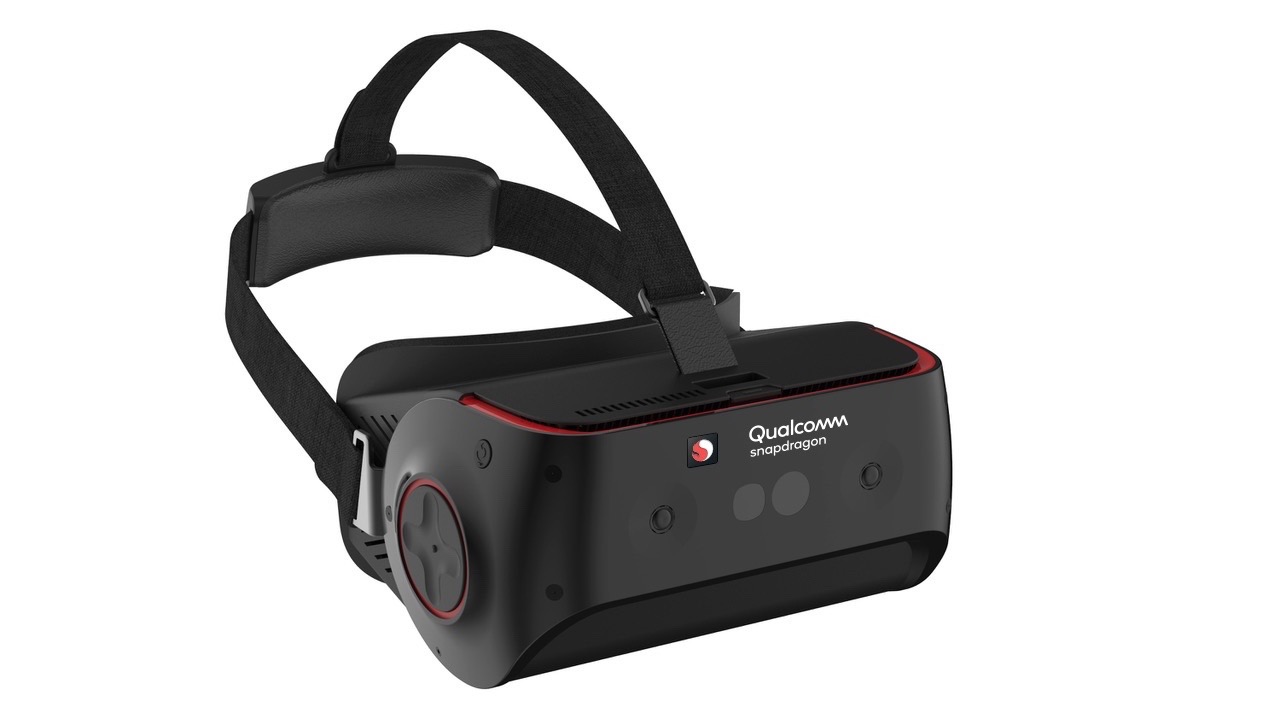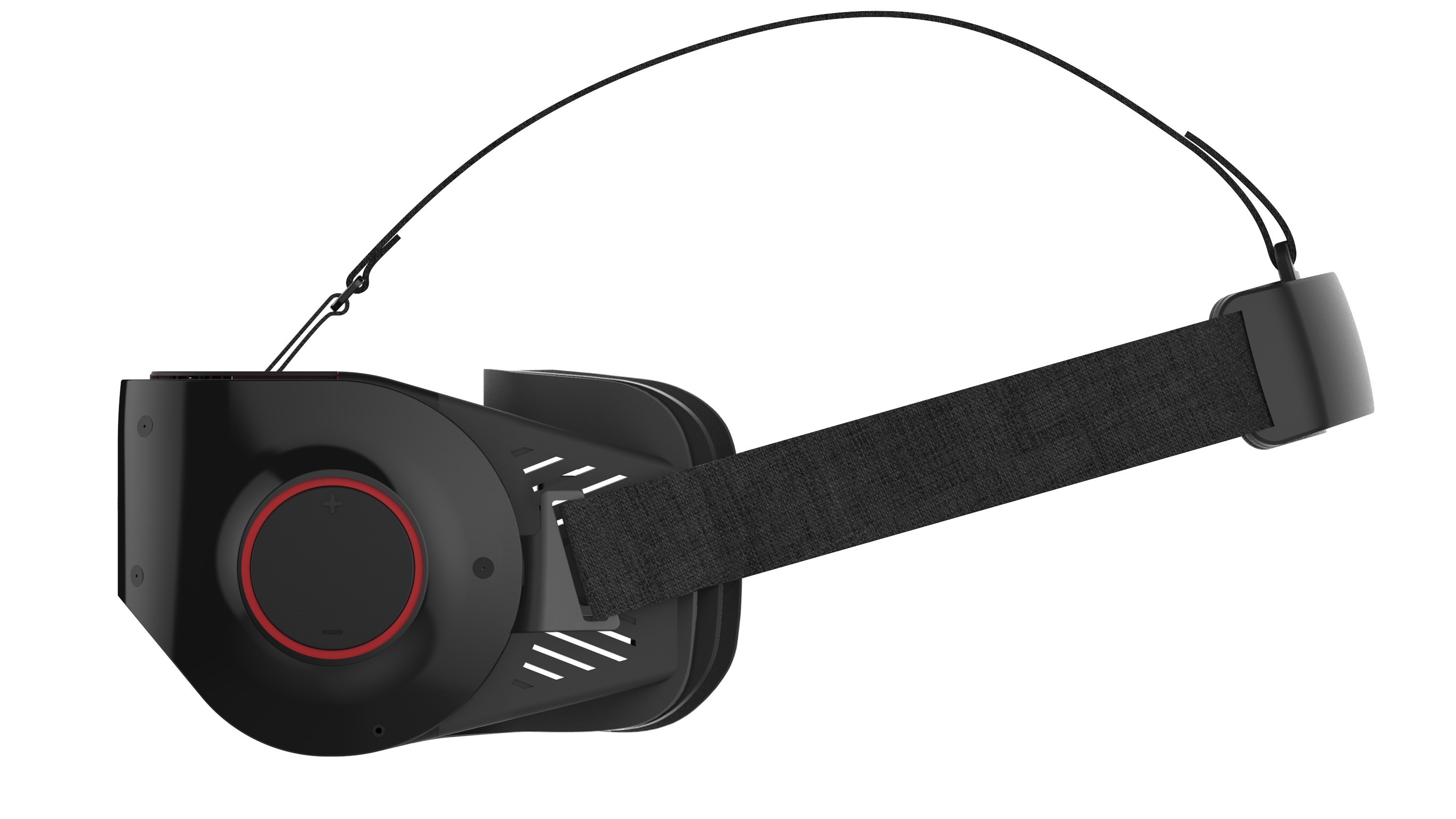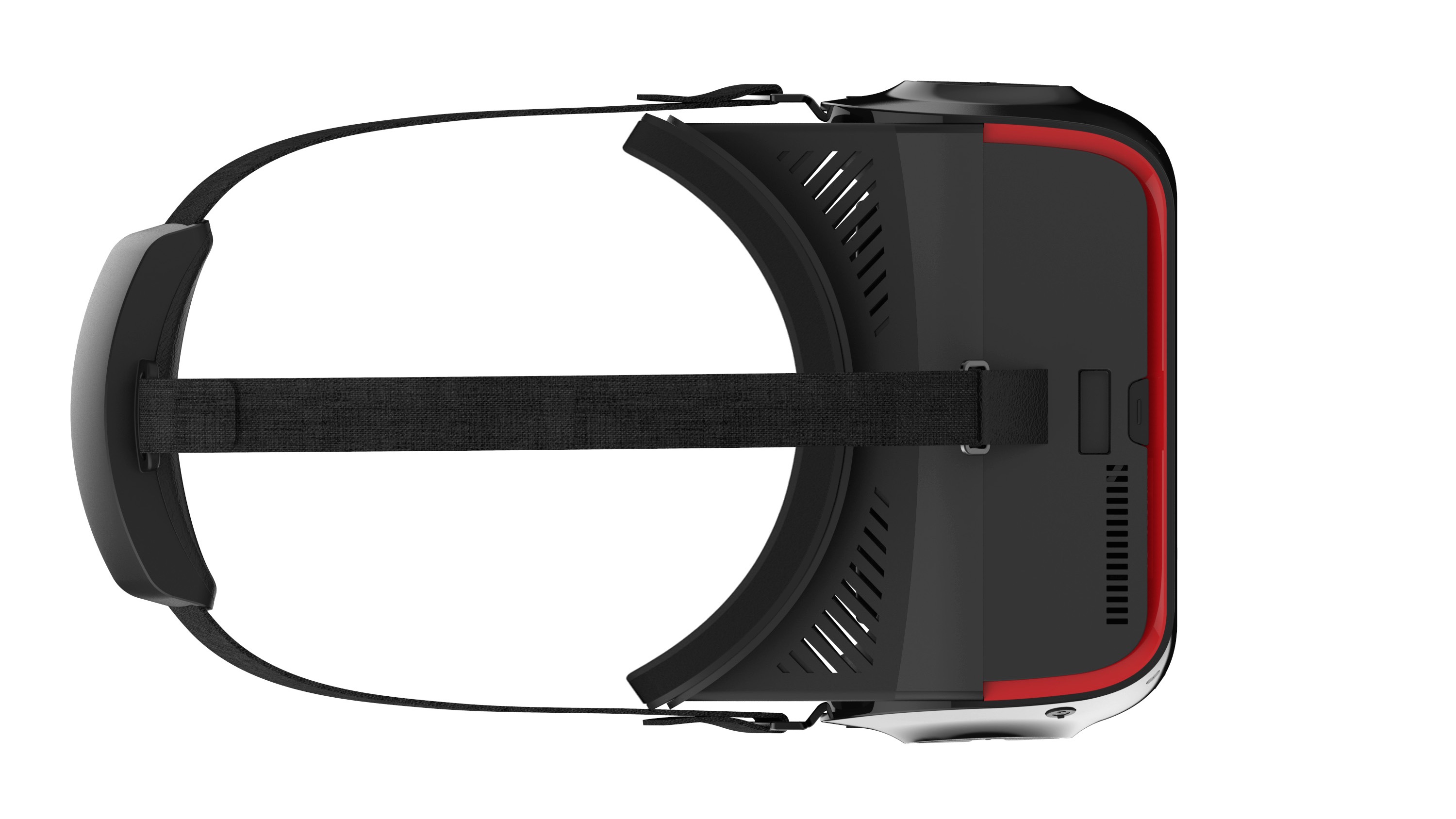Snapdragon 845-powered VR headsets could be the mobile solution virtual reality needs
Room-scale 6DoF tracking and a whole lot more

Qualcomm is back with a new virtual reality (VR) reference design headset, this time featuring its latest and greatest chip, the Snapdragon 845.
Just as with the Snapdragon 835 VR Developer Kit, the Snapdragon 845 Mobile VR Reference Design's purpose is to provide a starting point from which other manufacturers can develop their own unique headsets. It's not a consumer product you'll see on store shelves.
Last year, Google, Facebook, Lenovo, HTC Vive and others announced headsets based on the Snapdragon 835 reference design. These include the now-official Lenovo Solo Mirage and China-exclusive HTC Vive Focus.
In 2018, expect many of these same companies to develop new standalone headsets based on Qualcomm's Snapdragon 845 design, with likely releases later in the year.
Qualcomm is also announcing a new smartphone reference design headset, which will support 2018's flagship phones that sport the Snapdragon 845 chipset. While Hugo Swart, Head of Virtual and Augmented Reality Business Group, Qualcomm Technologies, Inc., wouldn't name names during a conversation with TechRadar, he did say these include phones to be announced at MWC 2018.
The Samsung Galaxy S9 and Galaxy S9 Plus are due to launch when the show gets underway next week, so we wouldn't be surprised to see the phones slotted into Qualcomm's headset at some point.



Breathing fire into mobile VR
Qualcomm is continuing to put its chips (literally) on mobile as the future of consumer VR adoption, as opposed to tethered systems that require an expensive PC set up.
Sign up for breaking news, reviews, opinion, top tech deals, and more.
"We see that mobile VR is the form factor that will take the technology to the masses," Swart told us.
The Snapdragon 845 VR headset brings with it all the standout features of the new chipset, including 30% faster graphics performance, 30% better power efficiency, and double the display throughput compared to the 835.
What's more, Swart said that with the Snapdragon 845, VR headsets can support 2K x 2K displays per eye.
An exciting addition to this year's reference design is room-scale six degrees of freedom (6DoF) tracking. This means that in addition to tracking your body, the headset will also track objects in the real world and bring them into the virtual world without the need for external sensors.
In practical terms, this means the headset will detect a real-life table in front of you, track it in relation to the environment you're in, and make sure you don't run into it. The table can also be brought into the virtual experience, being represented as, say, a rock that'd you also want to avoid.
Room-scale 6DoF is achievable thanks to the implementation of a technique called Simultaneous localization and mapping (SLAM) on the 845. The Snapdragon 845 can do SLAM because it has "a whole lot more horsepower", Swart said.
That extra horsepower comes from a dedicated signal processor (DSP) in the chip. While the 835 had a DSP, the 845 now has a dedicated computational DSP on which to run SLAM, Swart explained.
Robust tracking is most often associated with tethered headsets, like the Oculus Rift and HTC Vive, which also rely on external sensors. For Qualcomm's mobile reference design to include room-scale tracking speaks the headset's capabilities (though we can't speak to quality just yet).
More information on the Snapdragon 845 VR headset's specs, price and availability will be announced at GDC 2018 in March.
The next wave
The design and build of the Snapdragon 845 headset isn't much different from the one prior, but that's to be expected. Qualcomm is simply providing the core functionality for mobile VR headsets, while manufacturers take the design and make it their own.
It's a strategy that seems to be working well for Qualcomm as new headsets come to market more quickly and more partners sign on; Swart cited 12 additional hardware manufacturers that said in November 2017 they would build headsets based on Qualcomm's reference design.
"The proof point is that this strategy we have is bearing fruit, with the acceptance and the endorsement and the usage of Google, Facebook and Vive," Swart added.
The Snapdragon 845 VR headset sounds to be a step above what the 835 version could do. This should mean good things for mobile VR in 2018, and a new wave of improved headsets on the horizon. Just how improved, though, we'll have to wait and see.
- Check out our list of the best VR headsets around

Michelle was previously a news editor at TechRadar, leading consumer tech news and reviews. Michelle is now a Content Strategist at Facebook. A versatile, highly effective content writer and skilled editor with a keen eye for detail, Michelle is a collaborative problem solver and covered everything from smartwatches and microprocessors to VR and self-driving cars.